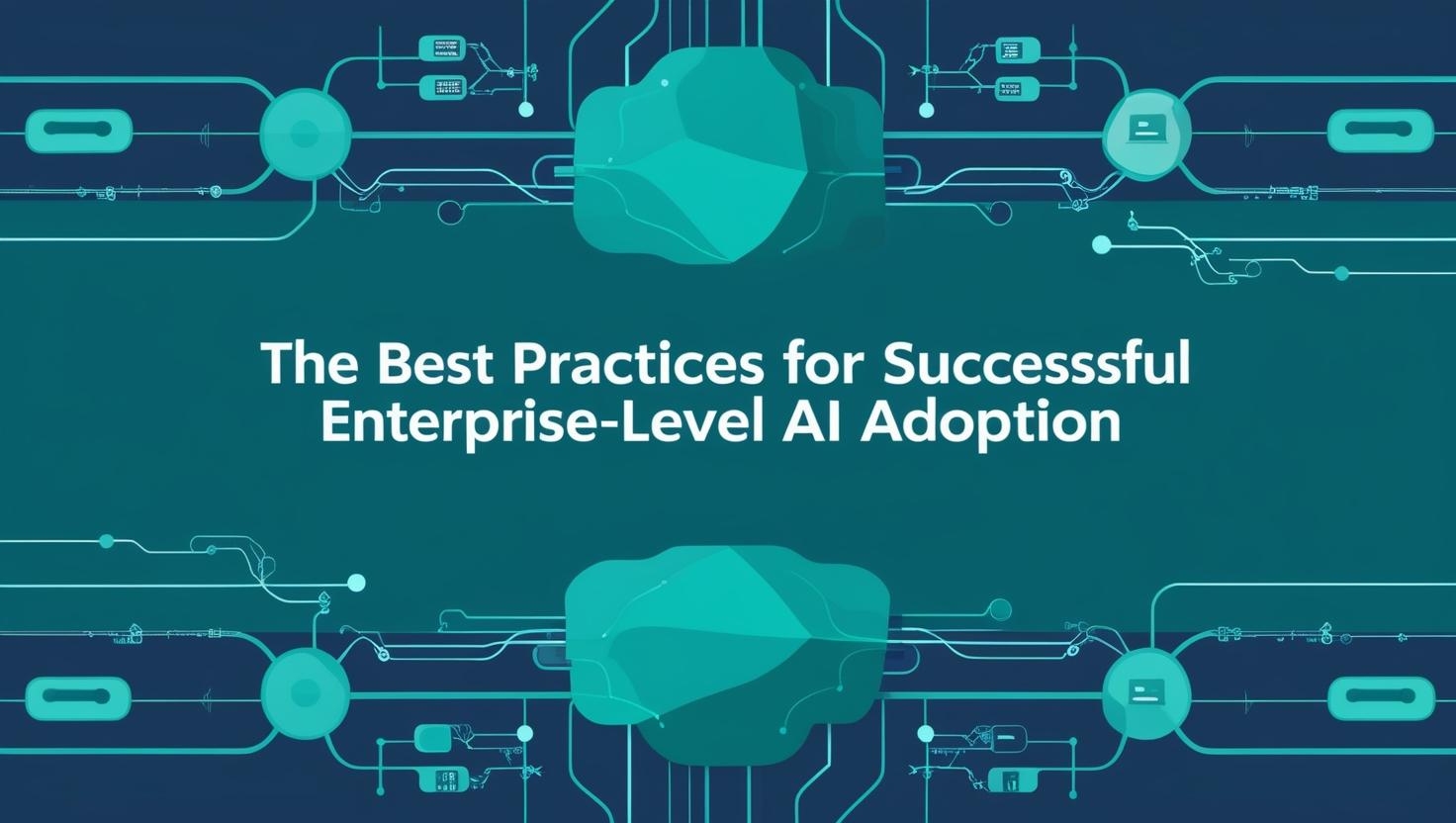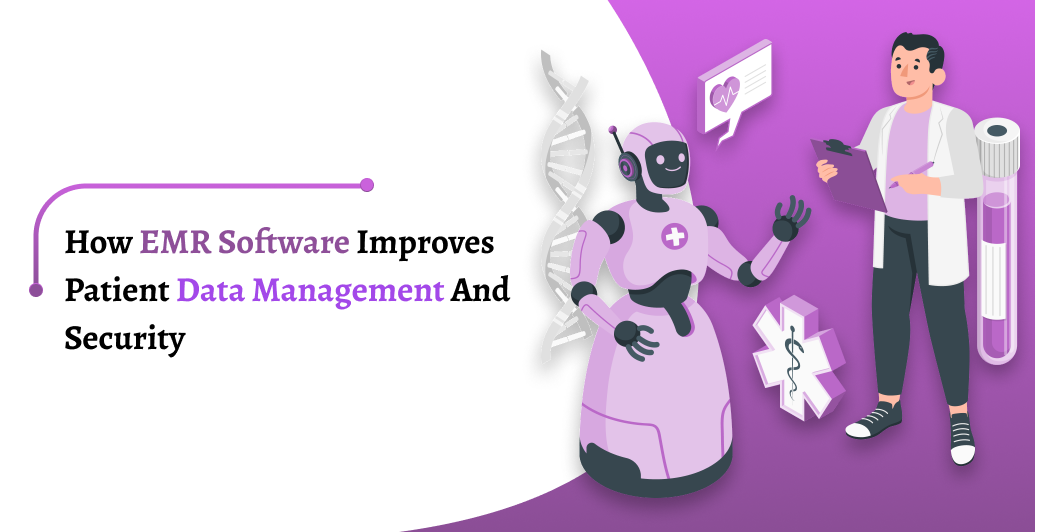The adoption of Artificial Intelligence (AI) has become a practical reality that is transforming businesses at an enterprise level. As AI technology advances, its potential to revolutionize business operations grows. Companies that adopt AI can enhance their productivity, improve decision-making, and create a competitive edge in the marketplace.
In the current business landscape, AI is increasingly seen as a critical tool for staying ahead. From automating routine tasks to providing deeper insights through data analysis, AI has the power to streamline processes, drive innovation, and improve customer experiences. However, the key to leveraging AI’s full potential lies in understanding how to integrate it effectively into enterprise-level operations.
Successfully adopting AI at an enterprise level requires careful planning, commitment, and a strategic approach. Businesses must ensure that they align AI solutions with their goals, assess their readiness for AI, and follow best practices to fully realize the benefits. With the right framework in place, enterprises can unlock the transformative power of AI, paving the way for sustainable growth and success.
Best Practices for Enterprise-level AI Adoption
Adopting AI at an enterprise level can bring about profound changes in how businesses operate, enabling them to enhance efficiency, innovate processes, and achieve greater scalability. However, integrating AI into an enterprise is not a simple, one-size-fits-all solution. It requires a thoughtful, strategic approach to ensure that the technology delivers meaningful results while aligning with broader business goals.
Best practices for AI adoption involve aligning AI initiatives with business objectives, assessing organizational readiness, and fostering collaboration across departments. These strategies ensure a smoother transition, maximize the potential of AI, and contribute to long-term success. By following these key approaches, enterprises can leverage AI to drive immediate value and secure a competitive edge for the future.
Identifying Strategic AI Objectives
One of the first steps in AI adoption is clearly defining the objectives that the business hopes to achieve with AI. Aligning AI projects with the overall business strategy ensures that resources are focused on the most valuable areas. Whether the goal is to improve operational efficiency, enhance customer service, or gain a competitive edge, it is important for businesses to have a clear vision of what they want to accomplish with AI.
It is essential to involve key stakeholders early in the process to ensure alignment across different departments. Business leaders must consider how AI can address specific pain points and create measurable improvements. By identifying strategic objectives early on, enterprises can prioritize AI initiatives that deliver the most significant business value and make informed decisions on which AI technologies to adopt.
Assessing Organizational Readiness
Before diving into AI adoption, businesses must assess their current capabilities and determine if they are ready for the transition. Organizational readiness plays a crucial role in the success of AI implementation. This includes evaluating existing infrastructure, ensuring data quality, and understanding workforce capabilities. A strong foundation is necessary for AI to be effective, and businesses must ensure they have the right tools, resources, and expertise to support AI initiatives.
An assessment of existing infrastructure will help determine whether the current systems and technology can support AI integration. Additionally, it is important to evaluate the quality of data within the organization. AI thrives on clean, structured, and high-quality data, so businesses must ensure that they have robust data management practices in place. Lastly, organizations must consider the skills and knowledge of their employees. Upskilling or hiring AI developers may be necessary to facilitate the integration and use of AI systems.
Pilot AI Solutions Before Full Deployment
Once the strategic objectives and organizational readiness have been assessed, it’s time to test AI solutions in a controlled, small-scale environment before full-scale implementation. Pilot projects allow businesses to evaluate the effectiveness of AI technology in real-world scenarios, helping to identify any challenges or limitations that may arise.
Starting with a pilot program offers a low-risk opportunity to validate AI solutions. By testing AI in specific areas or departments, businesses can observe how the technology performs, gather feedback from users, and make adjustments as needed. This iterative process ensures that the AI solution is refined and optimized before being rolled out enterprise-wide. Additionally, successful pilot programs can help build internal support for AI adoption, demonstrating its potential value and easing any concerns from stakeholders.
Investing in Data Quality and Governance
AI systems rely heavily on high-quality, structured data to produce accurate and reliable results. For enterprises looking to successfully integrate AI, investing in data quality is crucial. Businesses need to establish robust data governance frameworks that ensure data is clean, secure, and accessible.
Data quality involves more than just gathering large volumes of information; it is about ensuring that the data is accurate, complete, and relevant. Enterprises must establish processes to regularly clean, validate, and maintain their data, ensuring it is ready for AI processing. In addition to data quality, data governance plays an essential role in managing how data is used and shared within the organization. Clear policies around data access, security, privacy, and compliance are vital to mitigate risks and ensure the ethical use of data. Proper data governance supports transparency and helps businesses comply with relevant regulations, ultimately ensuring that AI systems are built on a strong and trustworthy foundation.
Cross-department Collaboration for Successful Integration
Successful AI adoption is not just the responsibility of the IT department; it requires the active involvement of multiple departments across the organization. For AI to be integrated seamlessly into business operations, there must be collaboration between IT, data science teams, business units, and leadership. Each department brings unique insights that can contribute to the overall success of AI initiatives.
By involving cross-functional teams in the AI adoption process, enterprises can ensure that AI solutions are aligned with business needs and objectives. For example, sales and marketing teams can provide valuable insights into customer behaviors, while operations can help identify areas where AI can drive efficiency. This collaborative approach also promotes knowledge sharing, helping employees across different functions understand how AI works and how it will impact their workflows. Fostering collaboration will ensure that AI solutions are not only technically sound but also practical and valuable to every department within the organization.
Focusing on User-Friendly AI Systems
While the technical side of AI is crucial, its usability is just as important for successful adoption within the enterprise. To ensure that AI solutions are effectively used, businesses must prioritize user-friendly systems that integrate well with existing workflows and are easy for employees to interact with.
AI systems should be designed with the end-user in mind, ensuring they are intuitive and require minimal training. Whether it’s a chatbot for customer service or an AI-powered data analytics tool for decision-making, the system should empower employees to use it without encountering steep learning curves. By focusing on usability, businesses can ensure that AI adoption is not only smooth but also widely accepted across the organization. The goal is to create AI tools that serve as helpful aids to employees, augmenting their abilities and making their tasks more efficient.
Conclusion
Adopting AI at the enterprise level is a powerful step toward transforming business operations and driving innovation. However, the success of AI adoption depends on a well-planned approach that includes aligning AI initiatives with strategic business objectives, ensuring organizational readiness, and following best practices throughout the process.
As AI continues to evolve, businesses must remain adaptable, continuously refining their AI solutions and processes. Investing in data quality, fostering cross-department collaboration, and prioritizing user-friendly AI systems will ensure that AI delivers lasting value across the organization. Moreover, enterprises should consider working with leading AI development companies to access expertise and cutting-edge solutions, which can significantly enhance the AI adoption process.
Looking ahead, businesses that embrace AI thoughtfully and strategically will be well-positioned to stay ahead of the competition, improve operational efficiency, and achieve sustainable growth. By leveraging AI’s potential in a structured and responsible way, enterprises can unlock new opportunities and secure a future of innovation and success.



